Featherweight Sewing Machines are very popular and very old!! To keep these machines working their best – despite their age – requires some consistent attention. John Flynn, Road to California 2020 Judge, Teacher, and Vendor offered the first ever Featherweight Maintenance Class to provide students with the basic knowledge to keep their featherweight machines running at peak performance.
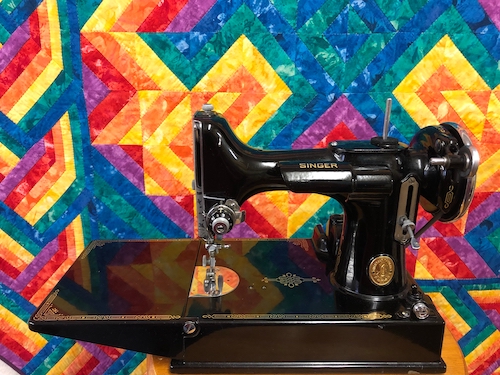
The History of the Featherweight Sewing Machine
In the early 1850’s, there were four sewing machine manufacturers: Wheeler and Wilson, Grover and Baker, Howe, and Singer. They were all fighting over patent rights for their machines and ultimately joined forces to form a “patent pool,” creating a monopoly on sewing machine manufacturing. Ultimately, Singer rose to the top and after 1860, they had blown the competition out of the water by not only offering superior machines (they developed an assembly line process before Ford) but also new business concepts like trade-ins and payment plans.
Singer began manufacturing their Featherweight Sewing Machine on October 3, 1933 during the Great Depression. It weighed 11 pounds and cost $125. These machines continued to be produced until 1969.
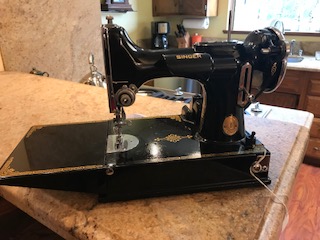
Through the years, only minimal changes were made to the machine in workmanship and appearance. The two most popular models are the 221 and the 222. The main difference between the two is the free-arm sleeve and the drop feed lever. What has never changed with the Singer Featherweight Machine is the ability for it to produce the perfect straight stitch.
The classic black Singer Featherweight Machine was manufactured until 1961. From 1961 through 1969, the machine was offered in two colors: tan and “pale turquoise” or “celery green.” Today, it is known as the “white” featherweight.
John Flynn and the Featherweight Sewing Machine
John’s engineering background drew him to wanting to learn the basics of how each of the sewing machine systems worked. He set out to collect one of each system and has over 40 machines. His collection includes six Featherweight machines. John noted that it would be impossible to make a featherweight machine today because it would cost too much for the accuracy the machine enjoys.
John has found that the featherweight machine has the best system for piecing quilts. “Piecing is more accurate with a featherweight than with any other machine on the market today,” remarked John.
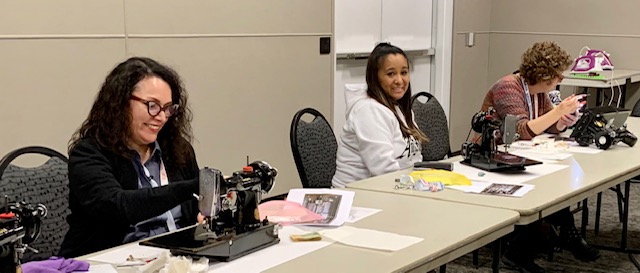
The Best Tips for using a Featherweight Sewing Machine
John and his daughter, Kate Flynn Nichols, taught two, three-hour Featherweight Maintenance classes on Friday and Saturday evenings. Both classes were sold out – attesting to the interest of owners with this kind of machine.
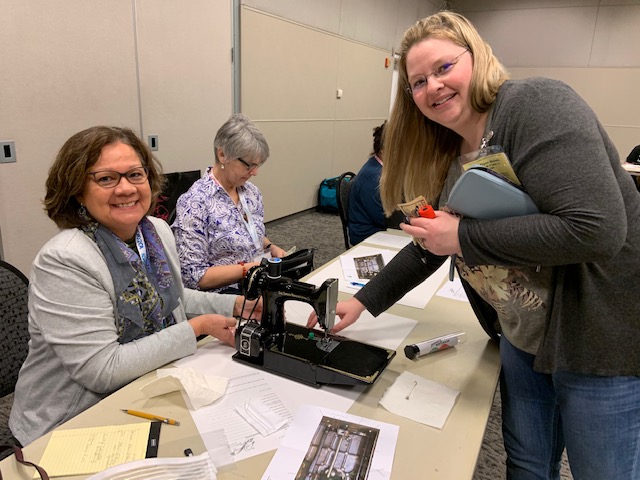
Even a few of Road’s Staff who are Featherweight Sewing Machine owners, couldn’t wait to learn some maintenance techniques.
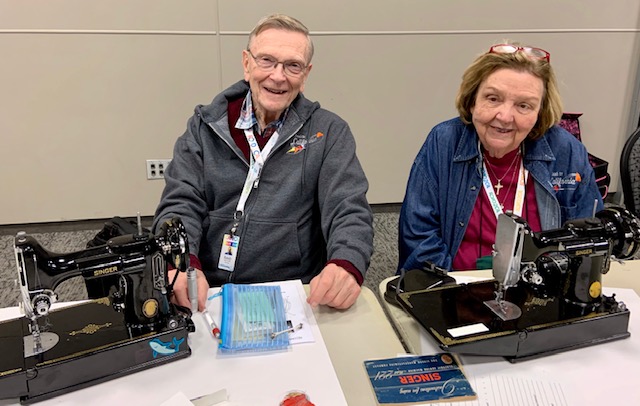
During the classes, John adjusted his own Featherweight Sewing Machine as a way to show students how to maintain theirs.
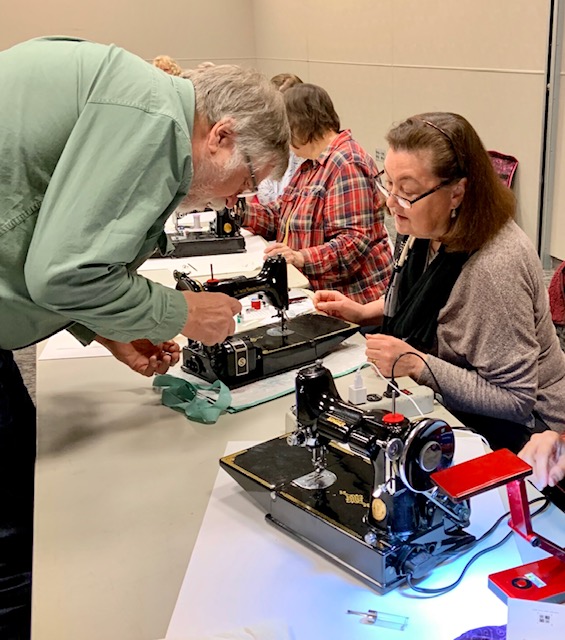
John couldn’t stress enough two important tips regarding Featherweight Sewing Machines:
- Consistent lubrication is the key to a smooth-running machine
- Featherweight Sewing Machines are meant to be used – not to be shown. The best maintenance for these kinds of machines is simply to use them!!
Road was fortunate to have John Flynn and Kate Flynn Nichols share their expertise on maintaining a Featherweight Sewing Machine.
Would you like to see this popular class return in 2021?








I would LOVE to see this class return. I would definitely take it!